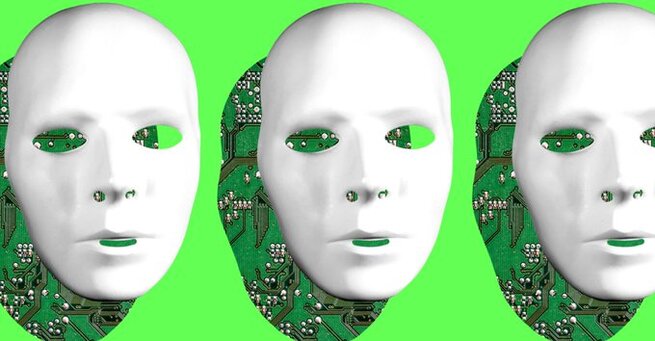Alerts

YouTube’s AI ‘likeness detection’ tool is searching for deepfakes of popular creators, marking a major step toward tackling the misuse of AI-generated content. The feature aims to help high-profile YouTubers identify videos that mimic their faces, voices, or styles without consent — and give them the power to request removal.
This new system, rolling out to creators in YouTube’s Partner Program, lets users find and report AI-generated uploads that feature their likeness. After verifying their identity, creators can review flagged videos within the Content Detection tab on YouTube Studio. If a video appears to be an unauthorized AI recreation, it can be reported for review and removal.
According to YouTube, the AI likeness detection tool is designed to work “at scale,” giving well-known personalities a way to manage deepfakes across the platform. The company says the system functions much like Content ID, which detects copyrighted material — but this time, it focuses on visual likeness and voice replication.
Early testers were notified via email and will gradually gain access in the coming months. YouTube cautioned that the tool, still in development, might occasionally flag legitimate videos of the creator themselves.
Once creators verify their identity, YouTube’s AI system scans uploads for faces and features that match their likeness. Flagged videos appear in a dashboard where creators can decide whether to take action.
The tool leverages advanced facial recognition and generative AI analysis to detect synthetic content — including face swaps, deepfakes, or cloned voices. It’s part of YouTube’s broader effort to make the platform safer amid the surge of AI-generated content that blurs the line between real and fake.
The launch of YouTube’s AI ‘likeness detection’ tool comes as deepfake videos become increasingly sophisticated and widespread. High-profile creators have voiced growing concerns about the use of AI to impersonate them — from fake product endorsements to manipulated scandal clips.
By introducing this feature, YouTube hopes to create a safer environment for creators and audiences alike. It aligns with ongoing platform policies requiring clear labeling of synthetic or AI-altered content, announced earlier this year.
While the system is still new, YouTube’s move signals that platforms are starting to take proactive steps against AI misuse. This effort could also set a precedent for other social networks struggling to manage deepfake content.
As AI tools continue to evolve, YouTube’s initiative represents a major leap forward in protecting creator identity and authenticity. For now, creators can breathe a little easier knowing that YouTube’s AI is watching out for them — literally.
𝗦𝗲𝗺𝗮𝘀𝗼𝗰𝗶𝗮𝗹 𝗶𝘀 𝘄𝗵𝗲𝗿𝗲 𝗿𝗲𝗮𝗹 𝗽𝗲𝗼𝗽𝗹𝗲 𝗰𝗼𝗻𝗻𝗲𝗰𝘁, 𝗴𝗿𝗼𝘄, 𝗮𝗻𝗱 𝗯𝗲𝗹𝗼𝗻𝗴. We’re more than just a social platform — from jobs and blogs to events and daily chats, we bring people and ideas together in one simple, meaningful space.